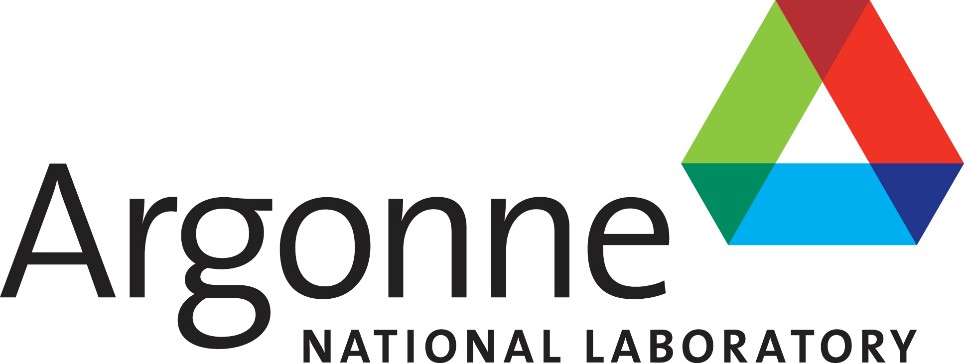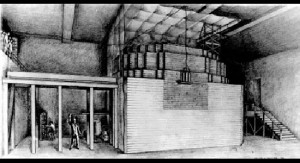
Argonne National Lab Facilities Address the Climate Call to Action
With the range of recent studies out on climate change, including IPCC’s, the National Climate Assessment, and others, there is a growing drumbeat to get to work on reducing emissions. President Obama will announce on June 2, new efforts to mitigate emissions.
That means we need all available means to address rising carbon levels, including zero- or low-carbon energy sources like nuclear and renewable energy must triple to quadruple by 2050. The IPCC concluded that nuclear energy should increase to meet the globe’s future energy needs – a recent study by one of the world’s largest oil and gas companies, ExxonMobil, concluded that nuclear energy will need to double to meet rising electricity demand while reducing CO2 emissions.
A study by the Carnegie Institution for Science that evaluated different types of low-carbon energy sources found that the only way to address climate change is for the world to move to the lowest emission energy technologies. Absent great advances in carbon capture and energy storage technology, the nuclear industry is likely to bear much of this burden as the only mature and reliable source of low-carbon baseload power.
However, the IPCC mitigation study also highlights barriers to increasing nuclear power’s share of electricity generation, including safety concerns and unresolved waste management issues. It points to next-generation reactor technology as a way to address these problems. If nuclear energy is to rise to the challenge of addressing global climate change, we need to find more efficient ways to develop and test the technology.
In the past, national laboratories and industry expended tremendous cost and effort – typically underwritten by the U.S. government – just to develop a single nuclear reactor design. But in today’s budget environment, this method simply isn’t feasible.
Argonne National Laboratory, which ASP partnered with in April to launch a new center on climate change and security, has responded to this challenge by developing dynamic facilities that researchers can use to evaluate multiple different reactor systems or designs. In particular, the MAX Fluid Dynamics Facility is remarkable because it allows researchers to evaluate turbulence inside of different types of reactor cores. By looking at this data, Argonne can help utilities build better reactor fuel that lasts longer and is therefore more economical.
Argonne’s nuclear work is not limited to core design – it’s extending its approach to safety as well. At the Natural Convection Shutdown Heat Removal Facility (NSTF), scientists can configure the facility in multiple ways to evaluate different inherent safety designs for next-generation reactors. The safety systems evaluated at this facility would remove heat from the nuclear reactor core without any intervention from an operator. In the event of an accident, the reactor’s heat removal systems would continue to work – even without backup power. These designs have an additional benefit – they’re cheaper to build than traditional reactor safety systems. When considering the next generation of reactor technology, the NSTF’s flexibility makes it a particularly valuable asset.
These facilities encompass two of the agile approaches that make the kind of nuclear acceleration called for by the IPCC possible.






